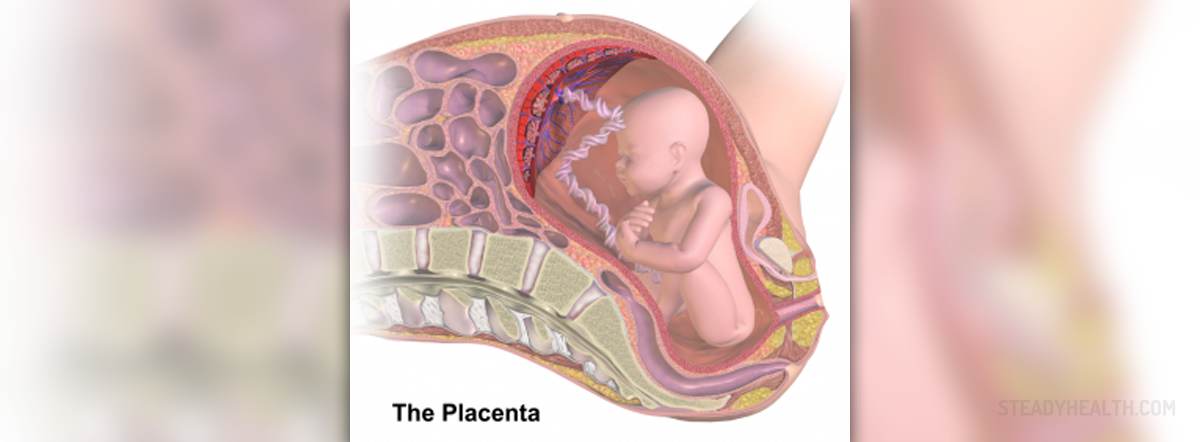
The placenta connects the fetus and the mother, through the uterine wall. Interestingly enough, the very word placenta comes from the Latin word for cake. It does look like a flat, meaty cake! The placenta makes nutrients available to the growing baby, through the mother, and also allows waste regulation. The placenta, which develops from the exact same cells that create the embryo and have its genetic code, consists of two parts the maternal and the fetal side. Providing the fetus with nutrients and oxygen, and transporting waste back to the mother, are not the only functions of the placenta. This organ is also a hormone producing one, that regulates many of the processes connected to pregnancy. Some of these hormones promote lactation and are responsible for breast changes during pregnancy.
Progesterone regulates the lining of the uterine wall, the endometrium, and creates an optimal environment for the growing baby and its surroundings. If the placenta does its job right, you won't ever need to give it a second thought. Things that can go wrong with the placenta during pregnancy include a placental abruption, placenta previa, and placenta accreta. During a placental abruption, the placenta separates from the uterine wall before birth. Placenta previa is a dangerous condition in which the placenta attached to the front of the uterus, covering the cervix. And a if you have a placenta accreta the placenta is buried in the uterine wall deeper than it should be. All these conditions require urgent medical care.







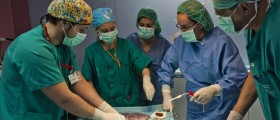
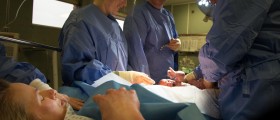


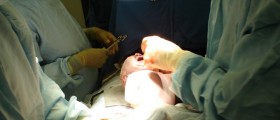
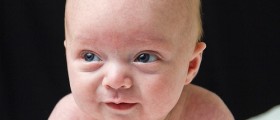

Your thoughts on this
Loading...